detail profile ichir c3 b4 tetsu
Peran Yang Di Mainkan Ichirô Tetsu
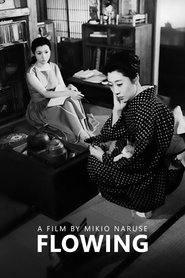 Otsuta is running the geisha house...
Otsuta is running the geisha house...Flowing 1956
Otsuta is running the geisha house Tsuta in Tokyo. Her business is heavily in debt. Her daughter Katsuyo doesn't see any future in her mother's trade in the late days of Geisha. But Otsuta will not give up. This film portraits the day time life of geisha when not entertaining customers.
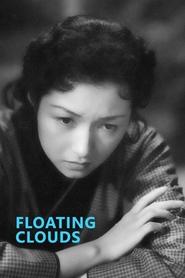 A married Japanese forester during WWII...
A married Japanese forester during WWII...Floating Clouds 1955
A married Japanese forester during WWII is sent to Indochina to manage forests. He meets a young Japanese typist and promises to leave his wife. He doesn't and after the war, she turns up and the affair resumes.
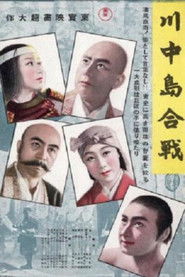 This epic depicts the battle between...
This epic depicts the battle between...The Battle of Kawanakajima 1941
This epic depicts the battle between Uesugi Kenshin and Takeda Shingen. The focus of the story is the struggle by the unit leader in charge of the main supply wagons and the supply troops to transport materiel to the Uesugi army. To this are added episodes involving an itinerant woman.
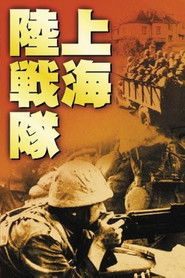 This film attempts to reconstruct the...
This film attempts to reconstruct the...Shanghai Landing Party 1939
This film attempts to reconstruct the tension of the Battle of Shanghai through an episode in an understated way, introducting its story in a documentary mode. In the film story, Japan's marine regiment protects Japanese residents and Chinese refugees-women and young children-from rampant street fighting, Shanhai Rikusentai unsparingly uses its first eight minutes for an official-mannered self-justification of the war. From the viewpoint of explaining Japan's military operation,the narration refers to the city s spatial division in sync with maps on screen.

 Slice of life film centered on...
Slice of life film centered on...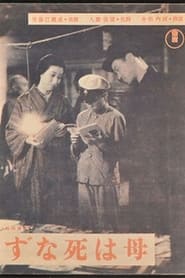 The premature death of a young...
The premature death of a young...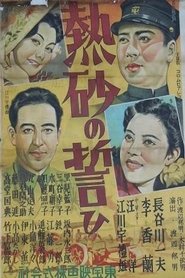 A Japanese army engineer Hasegawa on...
A Japanese army engineer Hasegawa on...